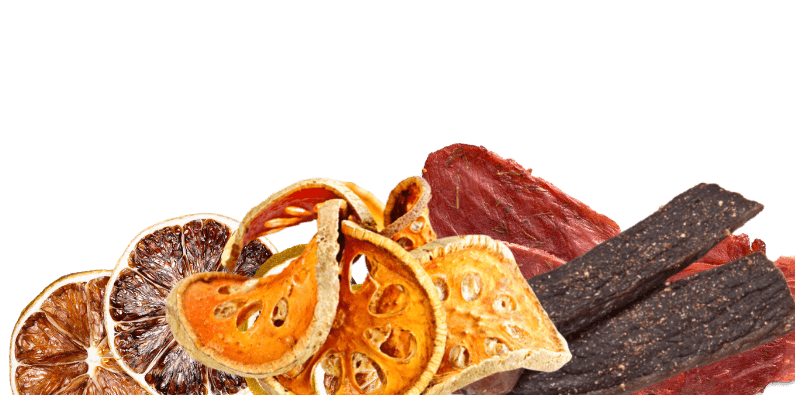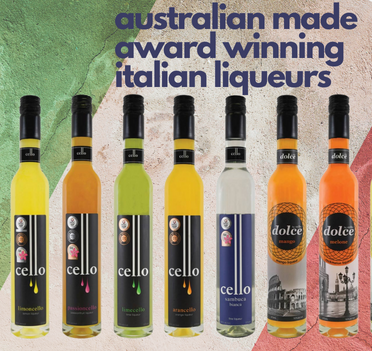Ale: A Rich Tradition of Flavour and Craftsmanship
Ale, one of the oldest and most diverse beer styles, stands as a testament to humanity's ancient fascination with fermentation and the art of brewing. With its roots tracing back millennia, ale continues to captivate palates worldwide, offering an array of flavours, aromas, and experiences. From its historical beginnings to its modern variations, ale remains an iconic symbol of brewing craftsmanship.
Historical Origins and Evolution
The history of ale intertwines with the dawn of civilisation itself. Ancient civilisations, including the Sumerians and Egyptians, harnessed the power of fermentation to create early forms of ale. This age-old technique involved fermenting a mixture of water and malted barley often flavoured with various herbs and spices. Over the centuries, this simple process evolved into a diverse range of styles, each reflecting the cultural and technological advances of its time.
Manufacturing Process and Ingredients
Ale is crafted using a fundamental brewing process that involves mashing malted barley to extract sugars, boiling the resulting wort with hops to impart bitterness and aroma, and then fermenting the wort with yeast to produce alcohol and flavour compounds. Unlike lager, which is fermented at cooler temperatures, ale fermentation typically occurs at warmer temperatures, resulting in a quicker turnaround.
The key ingredients in ale brewing include:
1. Malted Barley: The primary source of fermentable sugars, malted barley provides the foundation for ale's flavour, colour, and body. Different types of malt contribute various characteristics, ranging from light and biscuity to dark and roasted.
2. Hops: These cone-like flowers add bitterness, flavour, and aroma to the beer. Ales can range from mildly hopped to intensely hoppy, offering a wide spectrum of profiles.
3. Yeast: Yeast is the magical microorganism responsible for fermentation, converting sugars into alcohol and producing an array of flavours and aromas. Different yeast strains contribute to the distinctive characteristics of various ale styles.
4. Water: Often overlooked but crucial, water quality affects everything from the extraction of sugars during mashing to the final texture and mouthfeel of the ale.
Yeast: The Catalyst for Complexity
Yeast plays a pivotal role in shaping ale's unique profile. Two major yeast categories, ale yeast (Saccharomyces cerevisiae) and its variants, define the style. The yeast strain, fermentation temperature, and other environmental factors influence the final product. Ale yeast typically ferments at warmer temperatures, fostering the production of fruity and spicy esters as well as other desirable compounds.
Flavours and Aromas
The range of flavours and aromas within the ale category is staggering. From the malty sweetness of a caramel-forward English Brown Ale to the hoppy bitterness of an American IPA, each style brings its own distinctive character. Ales can showcase notes of toasted bread, citrus, pine, floral, and even earthiness, creating an incredibly diverse tapestry of taste.
Pairings and Culinary Harmony
The versatility of ales makes them an ideal companion to a wide range of dishes. The malt-forward profiles of styles like Bitters or Amber Ales complement hearty meats, stews, and grilled fare, while the bitterness of Pale Ales and IPAs can cut through rich and spicy foods. The effervescent nature of many ales also makes them excellent palate cleansers, refreshing the taste buds between bites.
Modern Craft and Innovation
The craft beer revolution of recent decades has sparked a renaissance in ale brewing. Craft breweries around the world experiment with traditional styles, incorporating unique ingredients, barrel ageing, and innovative techniques. This has given rise to hybrid styles, such as fruit-infused ales and sour ales, that push the boundaries of flavour and creativity.
Embracing Tradition and Diversity
Ale's enduring appeal lies in its historical significance, its vast array of flavours, and its ability to evolve with the times. From the comforting warmth of a winter-spiced ale to the crisp refreshment of a summer pale ale, each sip reflects the culmination of centuries of brewing knowledge and creativity. Whether brewed in a traditional English pub or a cutting-edge craft brewery, ales continue to bridge the gap between the past and present, offering a taste of the rich tapestry of human culture and craftsmanship.
Subcategories Subcategories
Refine Product Search Refine Product Search
- $4.99
- $47.99
$ – $
























































 Login with Google
Login with Google
